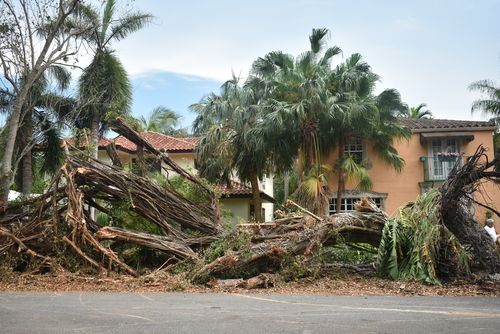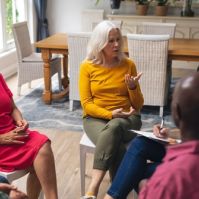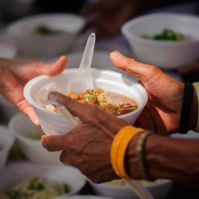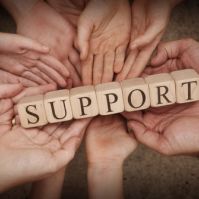 When storms and other catastrophes strike somewhere in the world, many people of faith feel powerless as they sit and watch the destruction from afar. Unless you are already a trained volunteer who is ready to be dispatched to the area when the event occurs, it may not seem like there is a lot of practical help you can give. While it's true that there are many facets of disaster relief that are best left up to the professionals and other experienced teams in the area, there are ways you can support them and get help to those who need it most.
When storms and other catastrophes strike somewhere in the world, many people of faith feel powerless as they sit and watch the destruction from afar. Unless you are already a trained volunteer who is ready to be dispatched to the area when the event occurs, it may not seem like there is a lot of practical help you can give. While it's true that there are many facets of disaster relief that are best left up to the professionals and other experienced teams in the area, there are ways you can support them and get help to those who need it most.
Mutual Aid
Many organizations such as the Red Cross and FEMA will respond to crises. They offer massive relief to the general area, but there are many people who may never see the benefit of their services. Mutual aid groups, food banks and other grassroots organizations know the area well and understand where losses caused by the storm are likely to have the greatest impact on the most vulnerable in the city. Even if their own supplies are wiped out by the storm, they have connections in the area to get people what they need:
- Evacuation
- Rescue
- Food
- Water
- Shelter
- First aid
Rather than shipping supplies to an area where the infrastructure is already taxed, consider giving money to one of these organizations. They are already gathering the things needed to serve the people in their area, and their resources depend solely on donations. When you support them, you know your money is going straight to those who need it most.
Blood Donation
Another way you can help, particularly if you are within 500 miles of the site of the disaster, is by giving blood. Hospitals don't typically collect their own blood, and even if the ones in the area do, their supply may be compromised by power outages and flooding. Nearby blood banks mobilize immediately to provide the resources they know that medical facilities close to the disaster are going to need.
Even if you are far away, giving blood is helpful. Emergency supplies can be airlifted to the area where they are needed the most, and blood banks across the country have the resources to make that happen. All you typically need to bring with you is a driver's license or some other form of government-issued photo ID. To ensure that you are able to donate when needed, make a habit of hydrating appropriately and eating iron-rich foods. Avoid alcohol and get plenty of sleep the night before you arrive at the donation center.
Continual Support
While giving right after a disaster is certainly helpful, the communities impacted by the storm are likely to have ongoing needs long after their emergency status has passed. They still must replenish supplies that are leveled by disaster aid or the storm itself. Many circumstances leave more people in need than before the catastrophe happened. For example, small businesses may have been destroyed, and the owners need time to rebuild their storefronts. In the meantime, they still have to make a living.
Insurance may cover some of the cost of recovery, but there are ways that your continued support can assist them as well. If local businesses have an online storefront, consider shopping there when you need to buy gifts. When it is safe again to do so, take a volunteer trip to the city. During this trip, you can not only provide some free labor but also shop and eat in restaurants to help stimulate the local economy. This, too, is an important part of recovery.
A natural disaster can devastate a large area in no time. Even if you are far away, there are still some things you and your faith community can do to help.



